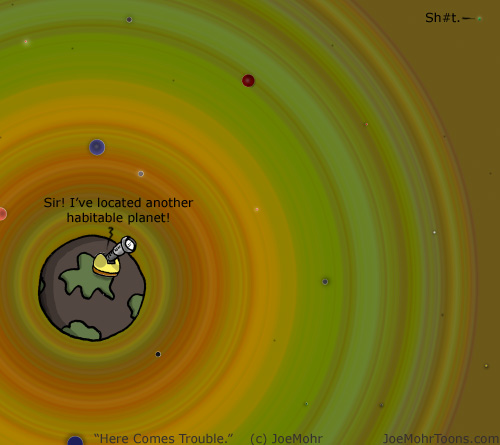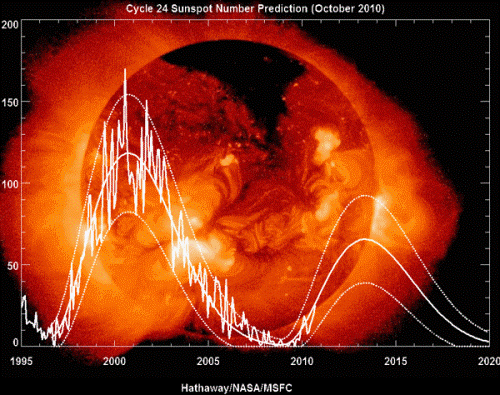It’s only taken ten years and four billion miles. The European Space Agency’s Rosetta spacecraft, a two-part probe with orbiter and lander, arrived at comet 67P/Churyumov-Gerasimenko on August 6 after the long trip. [UPDATE 10:50 CST: Philae’s on the ground!]
Despite a faulty thruster, Rosetta successfully launched Philae, the 220-pound lander, from orbit several hours ago. Philae will make a slow, easy landing at 11:03 a.m. Eastern Time if all continues to go well. It’ll be the first Earth spacecraft ever to land on a comet.
The event is being live-blogged on The Guardian here.
From the European Space Agency’s mission control in Darmstadt, Stuart Clark tells a bit of the mission history:
“About three decades ago, Rosetta began as an idea for a mission that would bring a sample back from a comet. That proved too expensive. So, according to Gerhard Schwehm, former Rosetta project scientist, they decided that if they couldn’t bring comet samples back to a laboratory, they would build a laboratory to send to a comet. The result is Rosetta. The laboratory is Philae. It lands today.”
Five minutes ago, Rosetta and Philae reestablished contact. ESA Operations tweeted: “Acquisition of signal #AOS with @ESA_Rosetta. Mission control have regained contact as expected after separation #CometLanding.”
Here’s what the two spacecraft had to say (right).
David Zanthor asks the blog team how long Rosetta will stay with the comet? “Will it be incinerated by the sun? If not, how far will the comet take it? Will it end up further away from Earth than Voyager?”
Team member Ian Sample replies: “The Rosetta mission should last until December 2015, about four months after the comet has made its closest approach to the sun and started to head back out to the more distant reaches of the solar system. The Philae lander could survive for up to three months but its lifetime depends very much on whether it can recharge its batteries once it’s down. And whether it can cling on.”
Go, little refrigerator-size Philae! Touchdown in about five hours.



